|
When I think of creativity, I used to think exclusively of open exploration where new ideas can organically manifest. However, the reality of my high school classroom is such that free and wide space can suffocate creativity just as much as it creates room for it. Some students thrive on freedom, while others are stifled by fear. Creative thinking can be like a chemical reaction that occurs with the right ingredients, but it's also a teachable, learnable skill. My students are the most successful when I consider both aspects of creativity in my teaching. There are two approaches that I've found to be effective in supporting the student-directed learning, exploration and creative thinking I want for my students: environmental and structural. The environmental approach involves setting up the classroom in a way that intentionally elicits divergent thinking. This includes everything from having an array of enticing art-making materials easily available to accessible information about the use and care of them. For my high school students, the environmental aspect of the classroom is especially powerful for those who already have an inclination toward independent learning or who come to me with ideas they are motivated to explore. The structural approach, on the other hand, involves putting structures in place that support students’ as they navigate the creative process. The structure I’ve created for my classroom, the Artistic Thinking Process (ATP), is essentially a menu of choices for steps along the creative process that I teach my students piece by piece until each is able to develop an idea from thought to art independently. This structure is especially important for students who are uncomfortable with self-directed work, who would otherwise struggle and flounder for weeks without it. These are the students who might struggle and shut down when challenged with independent work. The ATP structure gives these kids a safety net, and for them, the limits I place to teach each step of it promote creativity. That free and wide space I used to see as integral for creativity? I now see it as a learning preference or personality type. Some students flourish with free reign, other falter, though all can learn to navigate it successfully. When I include both structures and environment that support creativity in my teaching, I can support all my students as they learn, investigate and express on their own terms.
0 Comments
I was wondering what to write about this summer when the perfect focal point came in the mail. I first read Engaging Learners Through Artmaking years ago and it's not an exaggeration to say it changed my life. I was tired - of dealing with behavior issues and the impact of poverty on my student’s lives. I was ready to quit teaching when TAB filled my days at work with excitement and joy. Engaging Learners provided the roadmap and the motivation for this change. Time has moved on since my first reading. I spent 3 years teaching TAB at the elementary level, then moved to high school where I’ve just finished my fifth year. I’m currently at a place, as I tend to be every summer, where I need to reflect on the year past and plan new content from what I’ve learned. Reading the second edition of Engaging Learners, published just this year, is a perfect fit for where I am right now. I plan to read, then reflect on how what I’m reading connects to my own practice. My plan for this week was to read chapter one, but I got stuck on the first few pages with something I need to think about! "The Child is the Artist." Douglas & Jaquith, 2018This idea, so central to TAB, is deeply powerful. All art teachers think of their students as artists, but it isn’t always the case. Artists find ideas and plan how to take them from thought to tangible. Student artists, all too often, are tasked with taking their teacher’s idea and recreating it. The idea that students are the artists, not the teacher, is revolutionary, because it asks us to stop teaching to the project and instead focus on each individual student. “Students need time to explore materials, techniques and concepts in meaningful ways, and teachers need to connect the art curriculum to the lives and interests of children, This requires rethinking the art program." - Douglas and Jaquith, 2018, p 3 In my life, rethinking my elementary art room was powerful. I set up centers and taught students how they were used. Week after week students came in and worked as artists, planning artwork from beginning to end. The next year they took what they’d learned to new levels, building on the year past. We were a community, with standards and norms that everyone knew and used. When I moved to high school, that changed. I was no longer responsible for the visual art standards and norms. Instead, I was one of a department of four and we all did things differently. I felt less impact from this the first few years because I only taught beginning students. I was so excited when I learned that I’d be teaching Art 3, an advanced class. I pictured opened ended, confident work. What I got instead were a group of very talented artists who didn’t know much about independent creation. How do I treat my students as artists when they have unlearned how to create independently?
This question is central to secondary TAB. Many high schoolers have learned creative helplessness and are deeply uncomfortable when asked to plan content or make their own artistic decisions. Working as part of a department that is not all TAB makes this even more difficult because instruction is not consistent. For me, this means I have to plan content that scaffolds choice, always with the goal of moving students from a place of discomfort to the role of artist. The way I scaffold choice in my classroom is with my Artistic Thinking Process. This year I’ve come to realize that my advanced students need it even more that my beginning ones and I plan to rethink my teaching this summer with that in mind. In my classroom, "the child is the artist" looks like planning specific experiences based on each individual. I do this by asking students about what they already know at the start of the year and observing them closely, planning next steps based on continual formative assessment, a process I will be more intentional about next year. I ask them to play and experiment with exploration and challenges, which I want to add to in the future with increased focus on learning through discovery. I also provide flexibility in all that I teach - room for those who are able to take ownership of their artmaking, as well as support for those who need it. By the end, which could be anywhere from the last two months to the last two weeks, the goal is for everyone to be working independently. Art shows are fun, but who ends up going? If the show is after school, especially if it's at a venue other than the school, the people who attend are most often art students, their friends and family. This makes a good event, but it tends to not reach students who don't already know about the art program. Last year I had an idea - bring the art show to the school when the kids are there and try to attract students and staff who might not otherwise attend an art show. The Pop Up Art Show was born. Ellen's collection, above, focused on family Three of the images from Kayla's series. From her artist statement "Throughout this semester, I've not only been trying to branch out to really find the art style that works for me, but I've also been trying to discern who I am as a person and, with the help of my art, I believe that I've managed to do so, or at least crack the surface." I have to give credit to my amazing local museum, the North Carolina Museum of Art. I've been to many incredible events there, but the one that really inspired me was the Monster Drawing Rally, which included artists working on site while the audience watched. I told my students about this and challenged them to make our event filled with active audience engagement. This time around we chose micro drawing, which were free, mini drawings that were drawn on request. We also included face painting and onsite screen-printing. I decided to include my art history class in the show this year by having them work in groups to make art history themed carnival games (inspired by some guy). I'm not going to lie, initially they were resistant ("We seriously have to do this?") but they pushed through some intense senioritis and made some delightful games, including a version of the game Operation featuring the Vitruvian Man, pin the ear on van Gogh and a Scream inspired ball toss. The Pop Up runs for just one day during lunch. We set up in the media center in the morning and welcomed the crowd during lunch. The games were very popular, as were the drawing activities and face painting. It was like an art show, but instead of standing around looking, the audience was participating actively. The audience was still art students and their friends, but kids were there who would have never come after school, which is a huge win for the sort of art program I want to build. AND THE ART! My kids' collections were amazing. I'm so proud of all my students and that my school is the kind of place where the media center welcomes and supports this sort of event.
|
Mrs. PurteeI'm interested in creating a student student centered space for my high school students through choice and abundant opportunity for self expression. I'm also a writer for SchoolArts co-author of The Open Art Room. Archives
December 2019
Categories
All
|
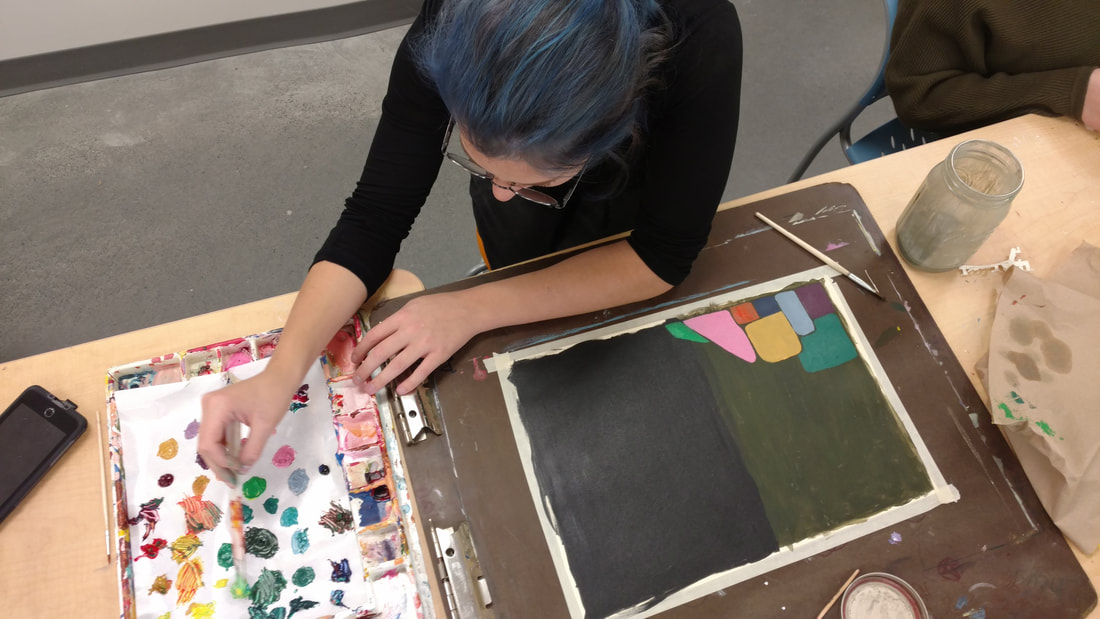




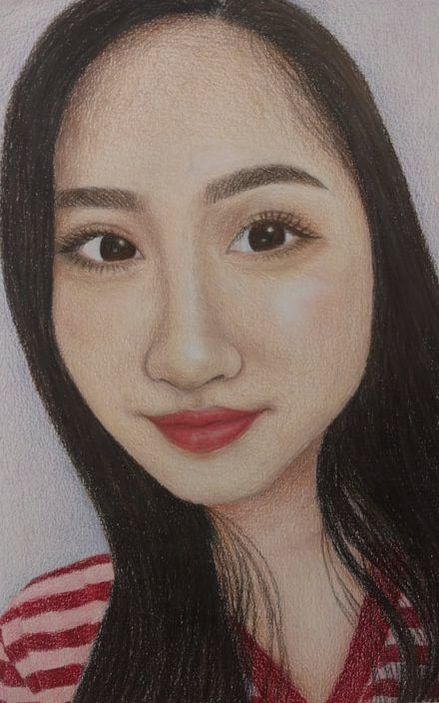
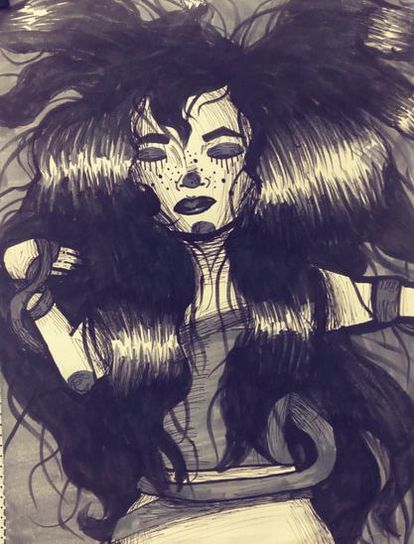




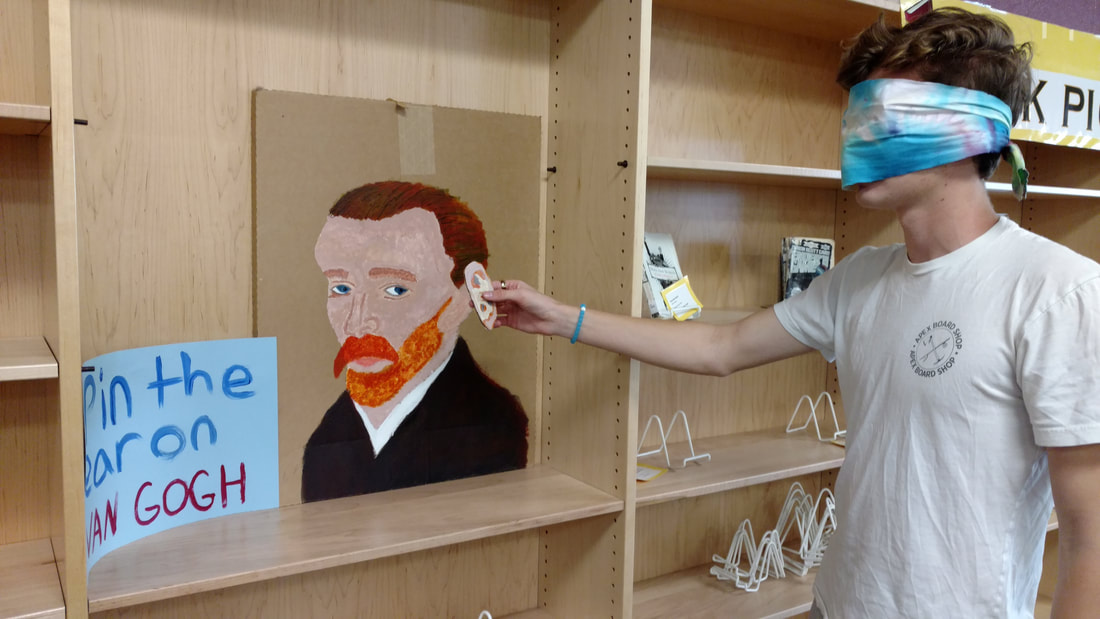

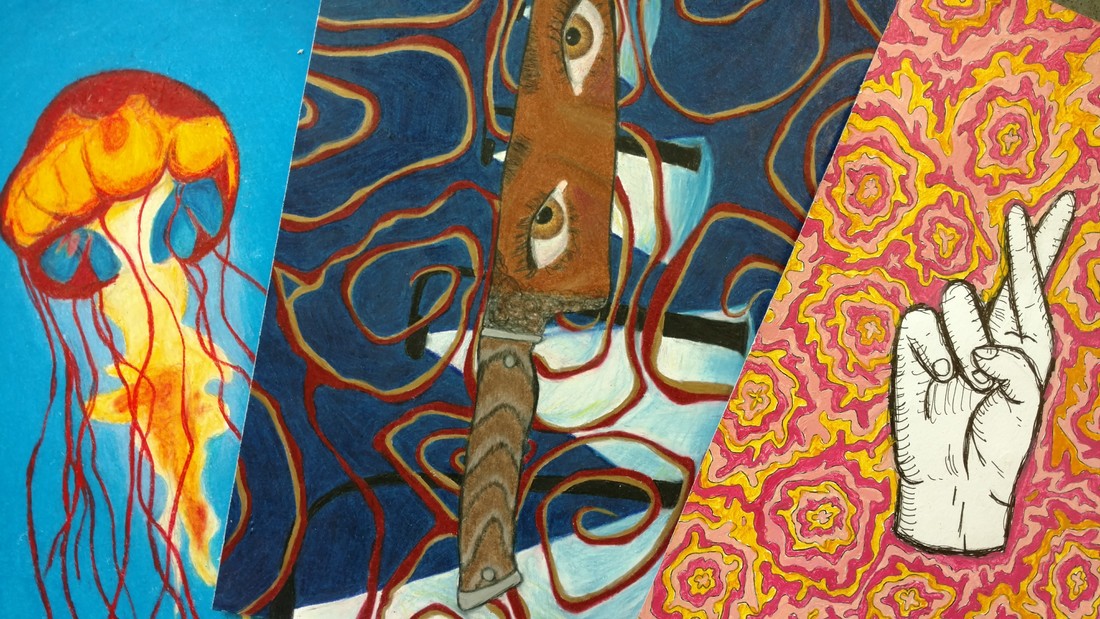
 RSS Feed
RSS Feed